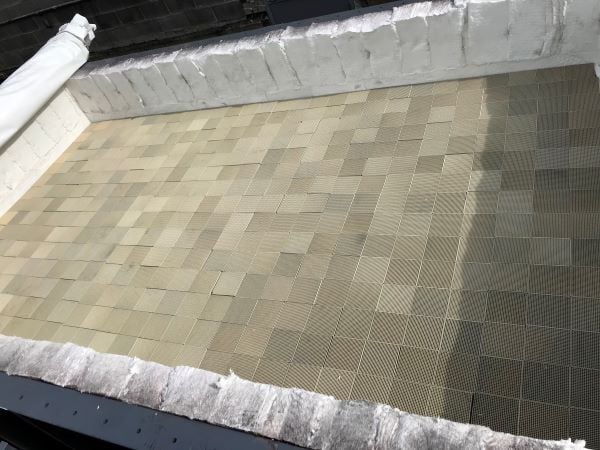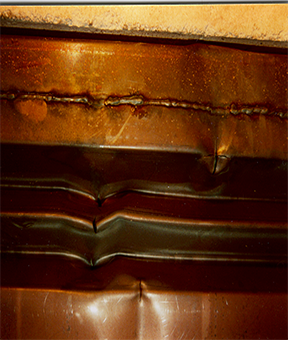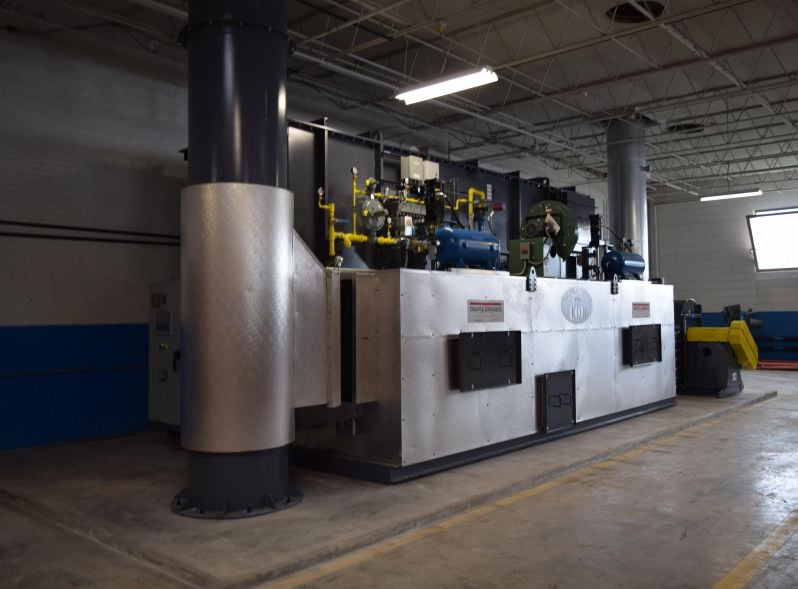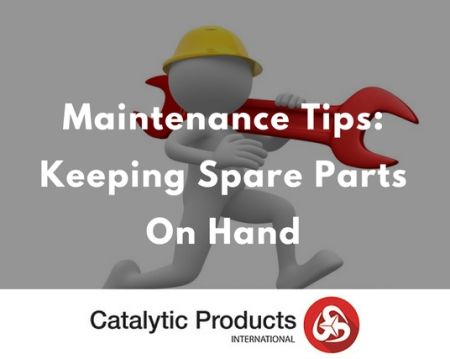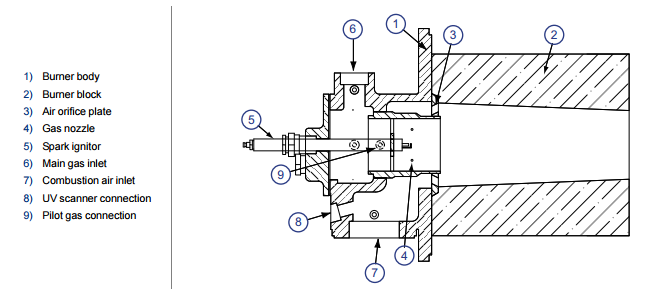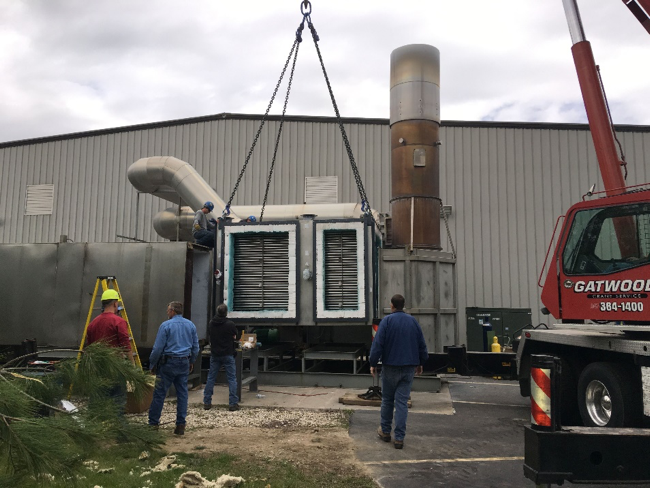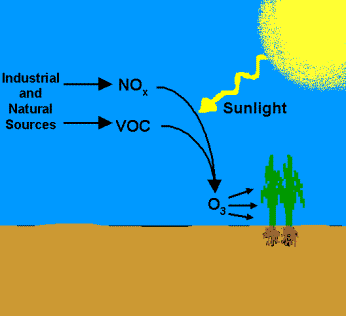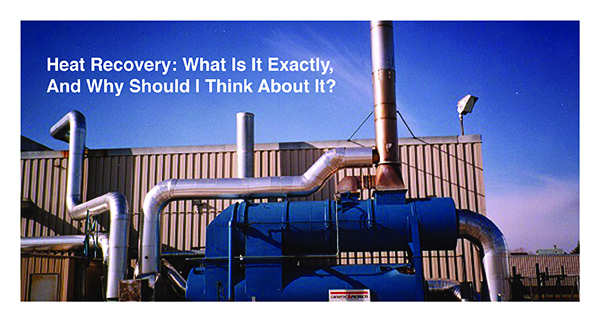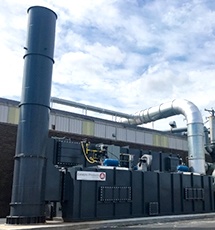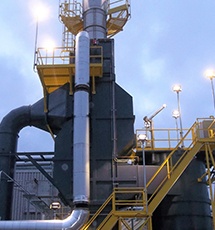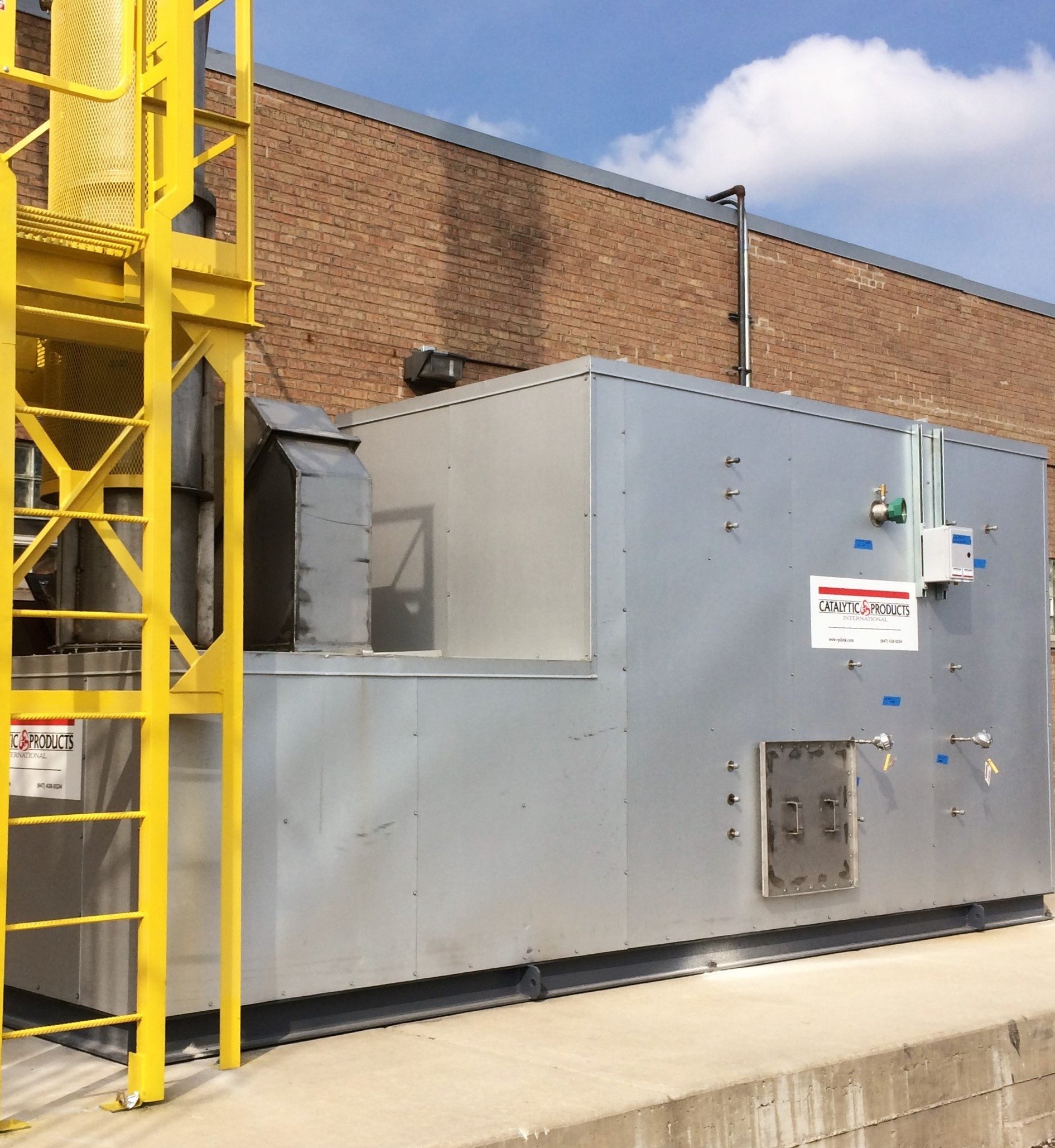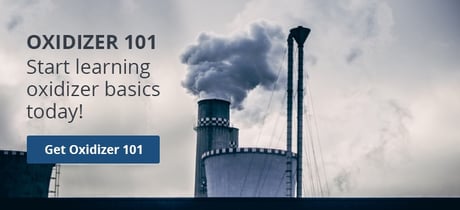This month, CPI would like to dig deep into the guts of the Regenerative Thermal Oxidizer (RTO) to share an educated understanding of RTO ceramic heat exchange media. In all RTO applications, the selection of the type of media required to best suit your needs is an important decision when buying an RTO, but it could also be an area for improvement in equipment rebuilds. To get started, let’s review the basic types of RTO ceramic heat exchange media:
Read More
Topics:
Air Pollution Control,
Maintenance and Repairs,
Regenerative Thermal Oxidizer,
Blog
At Catalytic Products International, we work with a variety of experts who deal with air pollution control systems at every level. Just as we regularly share our clients’ success stories, we want to look at the work that our team does to meet those clients’ needs.
Read More
Topics:
Air Pollution Control,
Environmental and Regulatory,
Safety Regulations,
Expert Interviews,
Blog,
Consultants
A thermal oxidizer (also known as a thermal incinerator) is a process unit for air pollution control in many industrial plants that decomposes volatile organic compounds (VOCs) at a high temperature and releases them into the atmosphere.
Read More
Topics:
Air Pollution Control,
Thermal Oxidizer,
Blog,
Heat Exchanger
At Catalytic Products International, we work with our clients every day to help them ensure that they are addressing their air pollution control needs as efficiently and cost-effectively as possible. With our years of experience and level of expertise, we can help them address their concerns and find the best solutions to meet their needs. Each client we work with is different, and we want to share their stories to show how CPI can provide the best air pollution control solutions for any industry.
Read More
Topics:
Regenerative Thermal Oxidizer,
Customer Testimonials,
Flexographic Printing,
Blog,
Installation,
Rebates
Does downtime for your air pollution control system mean a loss of production for your company? If your air pollution control device fails due to a component part failure, does your EPA permit require the plant to shut down operations until the oxidizer is repaired?
Read More
Topics:
Maintenance and Repairs,
Blog
So you’ve reached compliance with your EPA operations permit. Your manufacturing is 100% online. Your team is happy to report that your regenerative thermal oxidizer (RTO) is fully commissioned and running better than expected. These are typical reactions to a Startup/Commissioning sequence on CPI projects. Now that the system is running and production is back to full speed the real question is this: What type of maintenance is required on the RTO? Over the next few months, we’ll be looking at the critical, yet often overlooked, requirements for keeping a quality CPI RTO online and running smoothly.
Read More
Topics:
Maintenance and Repairs,
Regenerative Thermal Oxidizer,
Blog
At Catalytic Products International, we work with a wide variety of clients to help them meet their air pollution control needs. While each client is different, our experience and expertise ensures that we are able to help them address and resolve the issues they experience. In this series of customer testimonial blogs, we’ll be sharing some of these success stories.
Read More
Topics:
Thermal Oxidizer,
Customer Testimonials,
Blog,
Ceramic & Carbon Fiber Composites,
Heat Exchanger,
Installation
Oxidation, or combustion as it pertains to the air pollution control industry, can simply be defined as a rapid combination of oxygen with a fuel (in this case, a volatile organic compound, or VOC). This process will result in the release of energy in the form of heat and, if completed correctly in our world, the process will also release carbon dioxide and water.
Read More
Topics:
Air Pollution Control,
Blog
Selective Catalytic Reduction (SCR) is a term used in the air pollution control industry for the process of selectively targeting a pollutant to remove that pollutant from an exhaust stream. The most common pollutant that is controlled through a SCR process is nitrogen oxide (NOx). While there are many catalysts that can selectively target a number of compounds, the content of this blog will focus on SCR technologies for the reduction of NOx.
Read More
Topics:
Air Pollution Control,
Catalytic Oxidizer,
Blog,
SCR
Any facility operator that consumes significant amounts of natural gas should understand the basics of heat recovery. Here at Catalytic Products International (CPI), we find ourselves engaged in energy conservation discussions with our existing and prospective customers several times each week. We felt that “Heat Recovery 101” may be a useful tool to help our readers fully understand some of the basics and economics about heat recovery solutions.
Read More
Topics:
Air Pollution Control,
Waste Heat Recovery,
Blog

